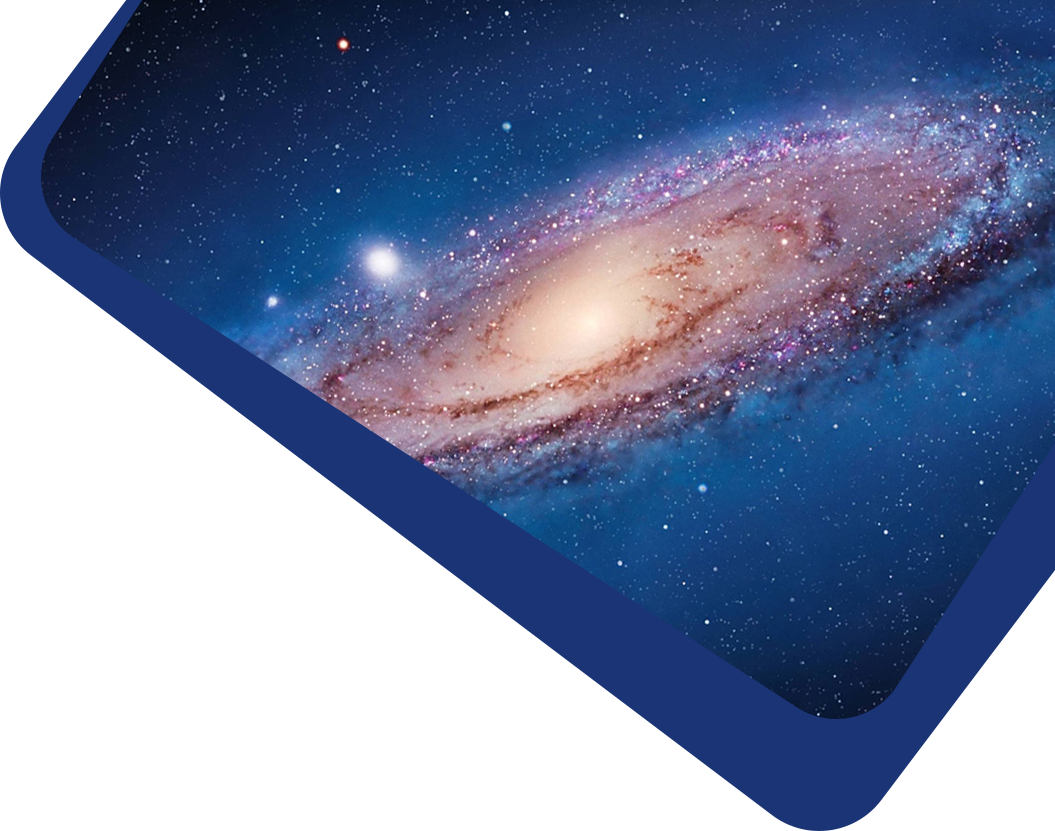The best way to check the validity of our theories (models) is by direct comparison with the experiment (observations). However, this process suffers from numerical inaccuracies, which are not frequently studied and often remain mostly unknown. In this study, we focus on addressing the numerical inaccuracies intrinsic to the process of comparing theory and observations. To achieve this goal, we built four-dimensional (4D) spectral grids for Wolf–Rayet stars (WC and WN spectral classes) and blue supergiants characterized by low metallicity similar to that of the Small Magellanic Cloud. In contrast to lighter (three-dimensional) grids, which rely on a priori assumptions about certain stellar parameters (e.g., wind velocity) and thus have limited applicability, our 4D grids vary four independent parameters, enabling more flexible and broadly applicable spectral fitting. Utilizing these 4D grids, we developed and validated a fitting approach facilitating direct fits to observed spectra. Through rigorous testing on designated “test” models, we demonstrated that the numerical precision of derived essential stellar parameters, including effective temperature, mass-loss rate, luminosity, and wind velocity, is better than 0.05 dex. Furthermore, we explored the influence of unaccounted factors, including variations in the metal abundances, wind acceleration laws, and clumping, on the precision of the derived parameters. The results indicate that the first two factors have the strongest influence on the numerical accuracy of the derived stellar parameters. Variations in abundances predominantly influenced the mass-loss rate for weak-wind scenarios, while effective temperature and luminosity remained robust. We found that the wind acceleration law influences the numerical uncertainty of the derived wind parameters mostly for models with weak winds. Interestingly, different degrees of clumping demonstrated good precision for spectra with strong winds, contrasting with a decrease in the precision for weak-wind cases. We found also that the accuracy of our approach depends on spectral range and the inclusion of ultraviolet spectral range improves the precision of derived parameters, especially for an object with weak winds.



